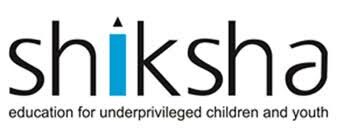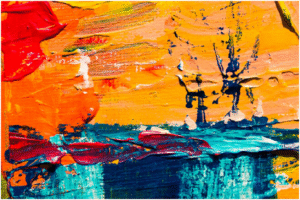French, a true story.?

If you are looking for an antidote to Denise Bombardier’s rantings about language, Jean-Benoit Nadeau recommends a luminous little book, La Langue contetée , by linguist Anne-Marie Beaudoin-Bégin.
I must admit that I have long shared Anne-Marie Beaudoin-Bégin’s ideas on the respect one should have for familiar language.
The author has no tongue in her pocket and her Facebook page, L’insolente linguiste, has 30,000 subscribers. I can also boast of having witnessed her insolent birth. This happened in a panel that we shared in Quebec in 2013, where she stirred the public. A gentleman had then reproached him for it: “You have too much knowledge. You are insolent! Two years later, the insolent published her first book, La langue rapaillée .
The point of his third opus, The Narrated Language , is that we should better teach the history of the language rather than just its rules. Because basically, the French language, like all idioms, is a disorderly assembly of sometimes ancient customs and traditions, in which dictionaries and grammars are Bibles that everyone quotes without having read them.
Who really teaches the history of French to the pupils? They are certainly exposed to Molière-Racine-Corneille rewritten in bourgeois French of the 19th century . But that’s not the story. In mathematics, where the rules are consistent, there is no need for history: everything hangs together. In French, it’s exactly the opposite: coherence and formal logic weigh nothing against the logics of history, sociology and linguistics, which are concealed when on the contrary they should be revealed.
In fact, we could start by having the students work on a page from the Cantilène de Sainte-Eulalie (the oldest known text in “proto-French”, 9th century ) , by Rabelais or a story by Samuel de Champlain. By reading aloud the copy of the original edition, the students would be vaccinated against the idea of the fixity of French or as to the level of mastery of the great authors, who spelled like I shoot an archery: by placing a arrow in the target from time to time.
Among other pearls raised by AMBB, there is the way in which a 16th century poet century, Clément Marot, introduced the agreement of the past participle with avoir by drawing inspiration from a false idea about the Italian language. As for me, I found his reinterpretation of Claude Favre de Vaugelas particularly inspiring. This founding member of the French Academy, who went down in history as a famous grammarian, is often cited for having established the rules of modern French based on the use of “the healthiest part of the Court”. What is less known is that this use was oral, not written, and that this predominance of oral use lasted another good two centuries, until the introduction of public education in France. So, no: it is wrong to believe that the precedence of written usage is intrinsic to French. It’s even quite recent.
The necessary “renipping” of Canadian bilingualism
After having been a lecturer for 20 years at Laval University, AMBB is currently redefining her career and is trying to complete her doctoral thesis at the Sorbonne by taking up the challenge of reconciling work-family-studies.
Contrary to the reputation of its author as an insolent loudmouth, La Langue contetéestruck me by the constant reminder of humility: we don’t know much about the reasons that have determined such a usage, such a rule, such a choice of words, and the explanations that the school and the patented loudmouths serve us are often false or hypothetical. Her chapter where she deconstructs received ideas about the “clash of patois” in New France is particularly enjoyable. If the first settlers spoke French so well, it was neither through the miraculous intercession of the King’s daughters nor through the linguistic marinade of the boat trip. The most logical reason is that French was probably already widely used in France at that time. “My friend André Thibault at the Sorbonne unearthed a rare study for me on the way in which French became vehicular in France in the 16th century .
La langue contetée is AMBB’s third book, after La langue rapaillée (big success in CEGEPs) and La langue franchise . These three easy-to-read brochures follow a central idea: that of the danger of alienation. Because we produce many frustrations among speakers by dint of repeating that the familiar language is very bad French, that they use a vocabulary that does not exist and that any mistake is an affront to the language.
We are constantly creating words, by invention or by borrowing. “Insecure”, “momentum”, “formal” (as an antonym of informal), “performing”, “reengineering”, we immediately know what they mean. But they are not in the dictionary: they “do not exist”, “it is not French”. How many times have we heard it? “The most influential language in the world, English, excels precisely in its acceptance of lexical creation and borrowings,” says Anne-Marie Beaudoin-Bégin. It does not diminish his intelligibility or his capacity for expression. »




